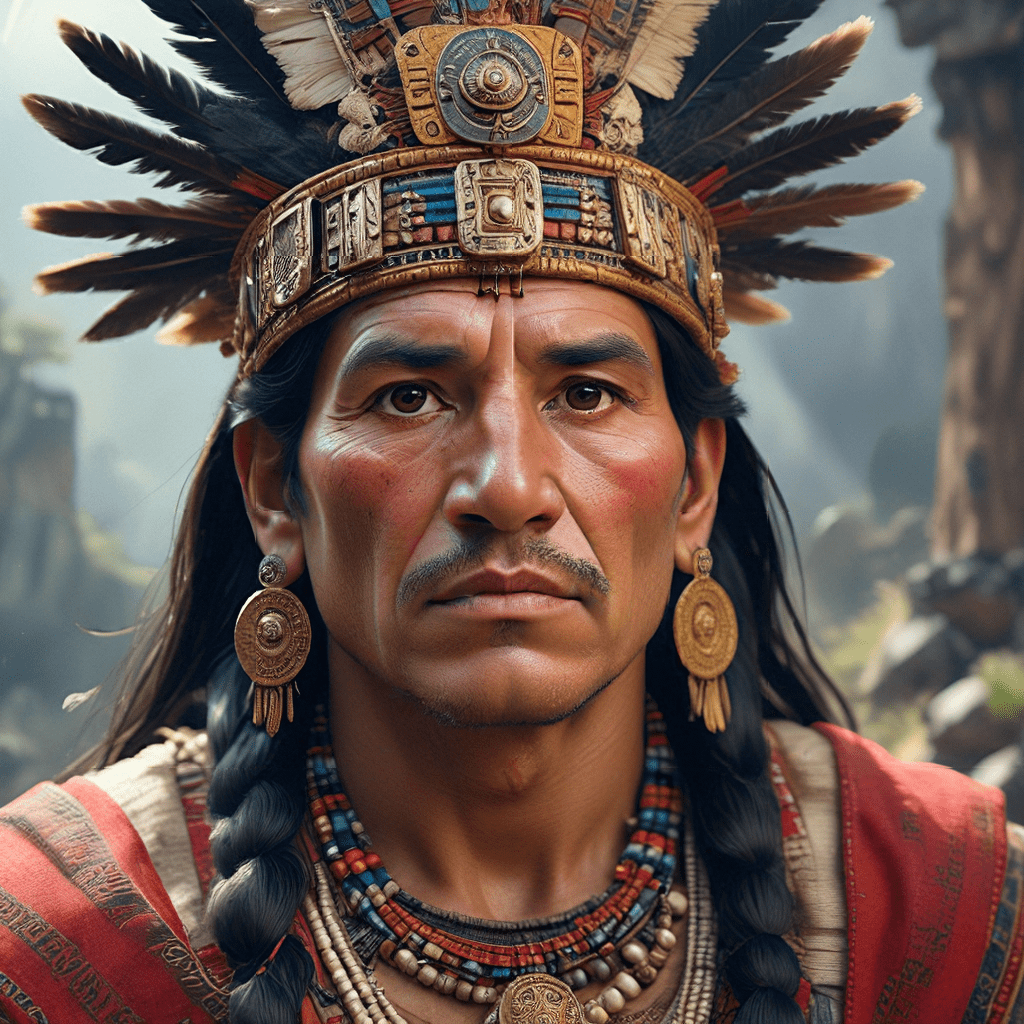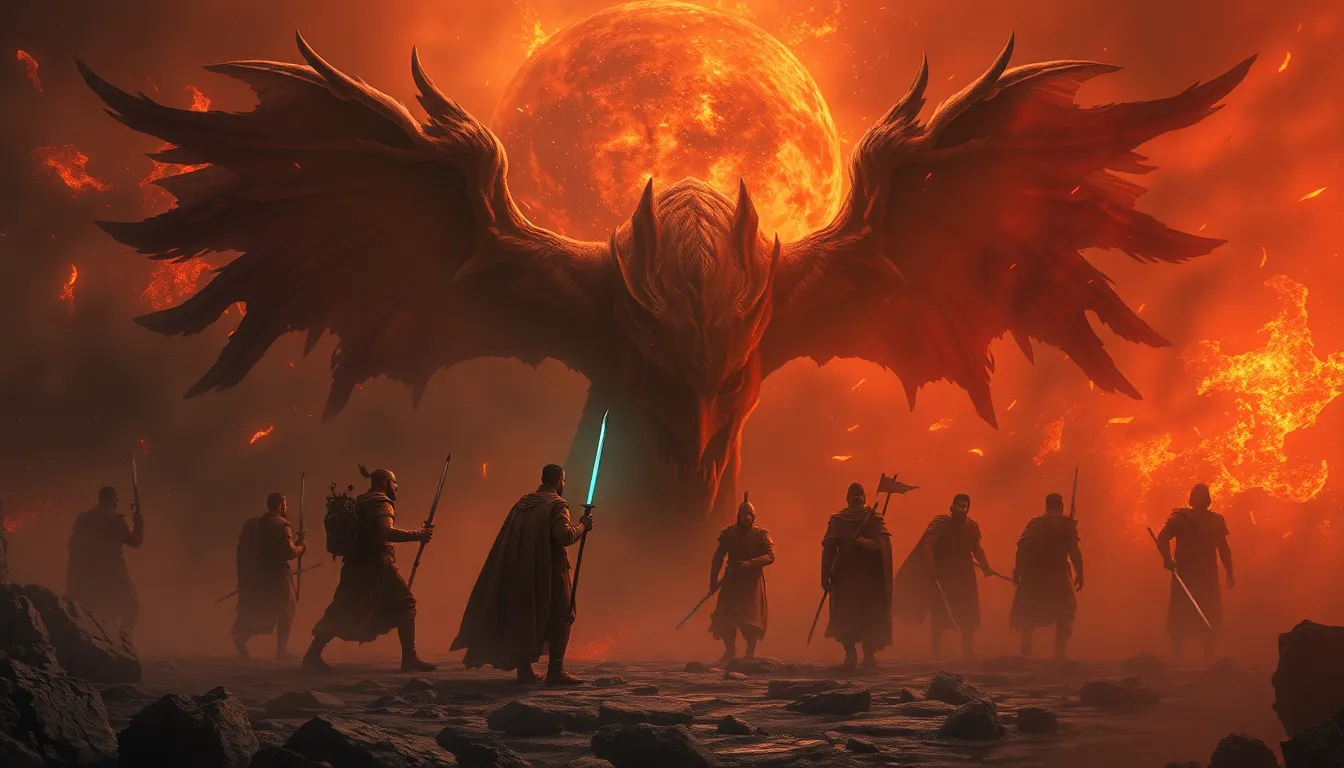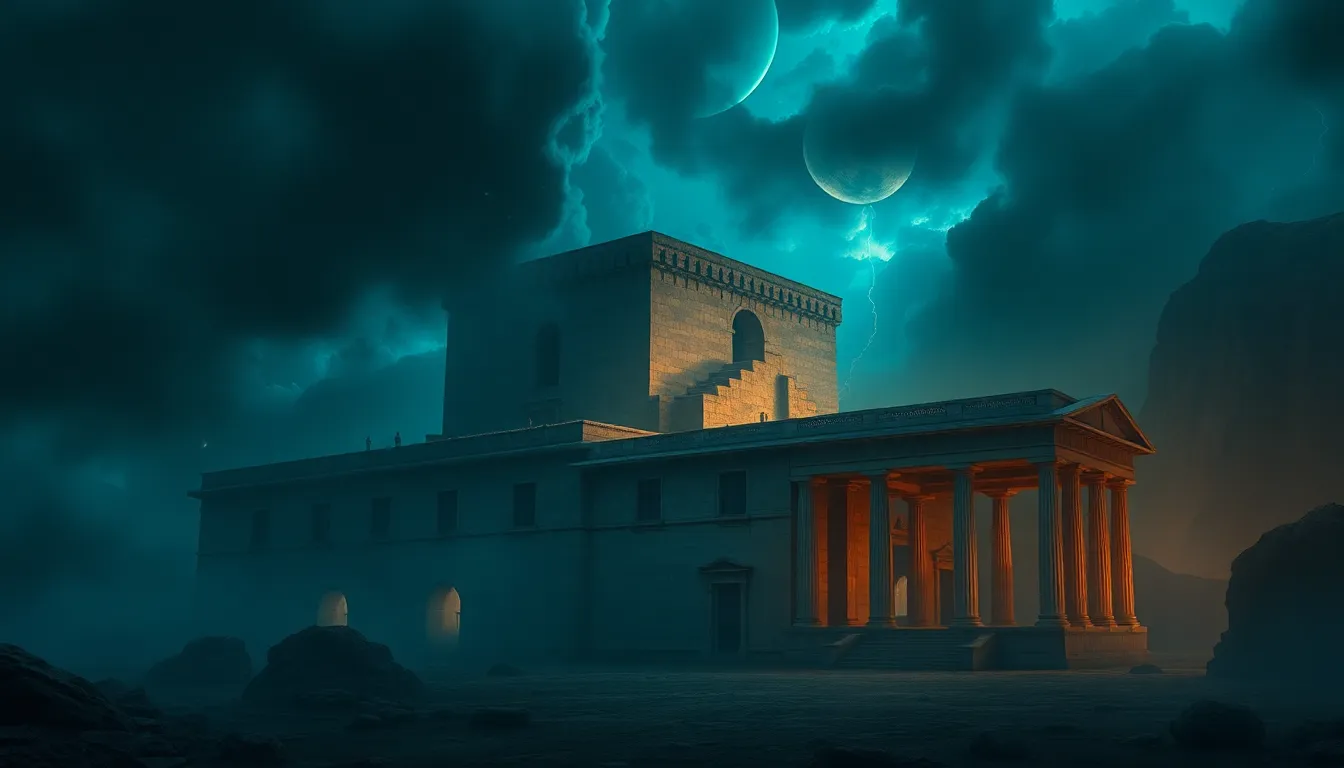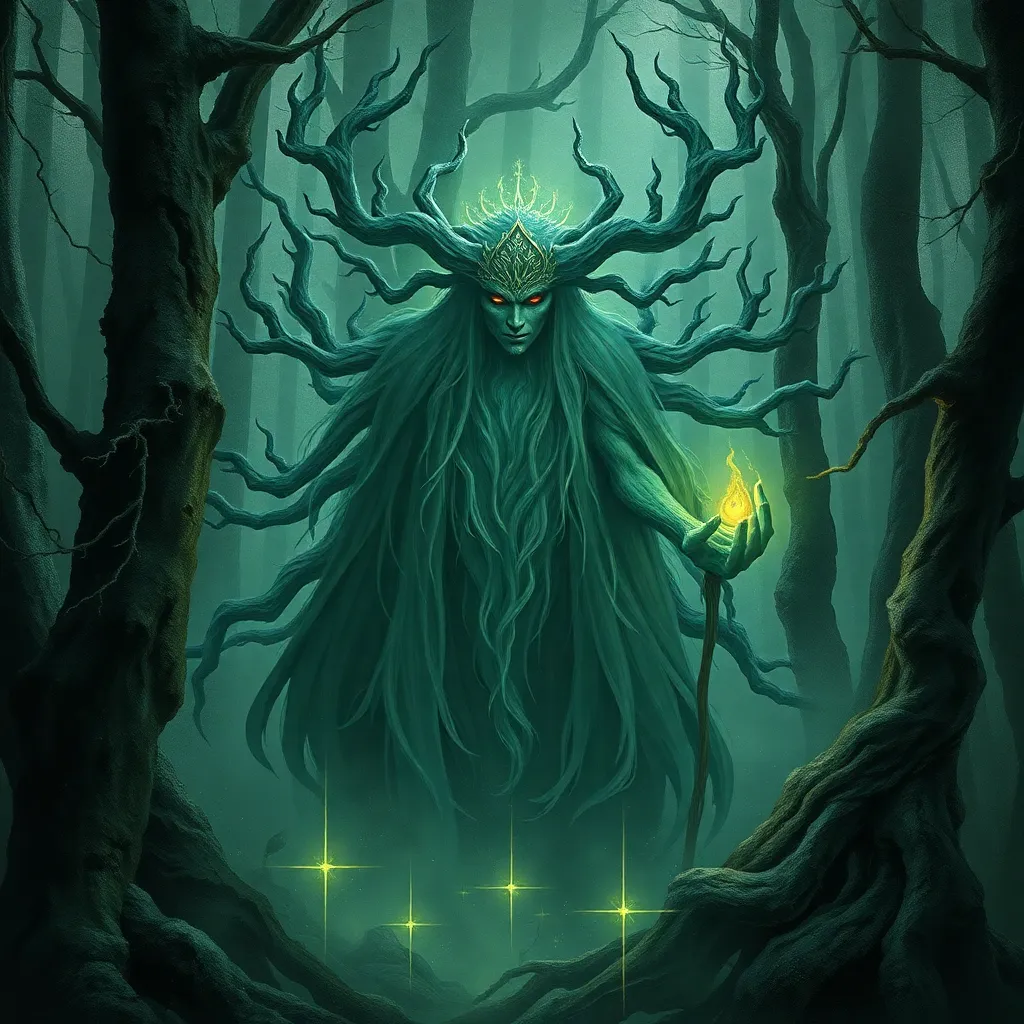The Legend of Manco Cápac: Founder of the Incan Civilization
The Incas, one of the most powerful and sophisticated civilizations in South America, traced their origins to the legendary figure of Manco Cápac. According to their oral tradition, Manco Cápac emerged from the depths of Lake Titicaca, accompanied by his sister and wife, Mama Ocllo, on a mission to establish a great civilization. This article will explore the captivating legend of Manco Cápac, examining his journey, his role in founding the Inca Empire, and his enduring legacy in Andean mythology.
1. The Birth of Manco Cápac and Mama Ocllo
The legend of Manco Cápac and Mama Ocllo is deeply intertwined with the creation myth of the Inca people. The Incas believed that their ancestors emerged from a sacred cave called Pacaritambo, located on an island in Lake Titicaca. This divine origin elevated their status and legitimized their rule over other Andean societies. According to the myth, the sun god Inti sent his children, Manco Cápac and Mama Ocllo, to Earth with a golden staff called the "tapac yauri." The staff was believed to have the power to reveal the ideal location for their future city.
2. The Journey from Lake Titicaca to Pacaritambo
The journey of Manco Cápac and Mama Ocllo from Lake Titicaca to Pacaritambo is a central theme in Inca mythology. Their path symbolized their search for the promised land where they would establish their civilization. As they traveled, they encountered various obstacles and challenges, reflecting the struggles and triumphs faced by the early Inca people. Their journey is often interpreted as a metaphor for the Inca people's migration from their ancestral homeland to the Cusco Valley, where they eventually founded their capital city.
3. The Search for the Promised Land
Guided by the tapac yauri, Manco Cápac and Mama Ocllo embarked on a search for the promised land. The staff, said to sink into the ground when they reached their destination, finally did so on a hill in the Cusco Valley. This location, considered sacred by the Incas, marked the site where they would build their capital city, Cusco. The establishment of Cusco marked a pivotal moment in Inca history, laying the foundation for their future expansion and dominance.
4. The Founding of Cusco
The founding of Cusco by Manco Cápac is a cornerstone of Inca mythology and history. According to the legend, Manco Cápac, using the tapac yauri, divided the land among his followers and established a social and political order. He taught them how to farm, build houses, and worship their gods. He also appointed officials and established a system of government. Cusco quickly grew into a thriving city and became the center of Inca power.
5. Manco Cápac and the Establishment of Incan Society
Manco Cápac played a crucial role in shaping Inca society and culture. He introduced new agricultural techniques, religious practices, and social structures that became hallmarks of Inca civilization. He established a hierarchical society with a ruling elite and a system of taxation and labor obligations. He also promoted the worship of Inti, the sun god, who became the patron deity of the Incas. Under Manco Cápac's leadership, the Inca Empire emerged as a powerful force in the Andes.
6. The Legacy of Manco Cápac
The legacy of Manco Cápac extends far beyond his lifetime. He is revered as the founding father of the Inca Empire, a symbol of their divine origins and the embodiment of their cultural identity. His name remains synonymous with leadership, wisdom, and the establishment of a prosperous civilization. His image appears on pottery, textiles, and other artifacts, serving as a reminder of his enduring influence on Inca society.
7. Theories and Interpretations of the Manco Cápac Myth
The legend of Manco Cápac has been subject to various interpretations and scholarly analysis. Some historians view it as a factual account of historical events, while others interpret it as a symbolic representation of Inca beliefs and values. The journey from Lake Titicaca to Pacaritambo is often seen as a metaphor for the Inca people's migration and their search for a permanent home. The divine origin of Manco Cápac and Mama Ocllo legitimized their rule and provided a foundation for their political and religious authority.
8. Manco Cápac in Modern Peruvian Culture
Manco Cápac remains a significant figure in modern Peruvian culture. He is celebrated as a national hero and a symbol of Peruvian pride. His image appears on coins, stamps, and monuments, and his name is given to streets, schools, and other public institutions. The story of Manco Cápac is taught in schools, reminding students of their country's rich history and cultural heritage.
9. The Significance of the Manco Cápac Myth for Understanding Incan Civilization
The myth of Manco Cápac provides valuable insights into the belief system, social structure, and political ideology of the Inca Empire. It reveals their reverence for the sun god Inti, their belief in a divine origin, and their emphasis on order, hierarchy, and agricultural practices. Understanding the Manco Cápac legend is crucial for comprehending the cultural and historical foundations of the Inca civilization.
10. Manco Cápac and the Development of Andean Mythology
The legend of Manco Cápac is an integral part of Andean mythology. It reflects the beliefs and values shared by various Andean cultures, including their reverence for the natural world, their emphasis on reciprocity between humans and deities, and their understanding of the cosmos. The story of Manco Cápac has been passed down through generations, enriching the cultural heritage of the Andean people.
FAQ:
Q: Who was Manco Cápac?
A: Manco Cápac was the legendary founder of the Inca Empire, believed to have emerged from Lake Titicaca with his sister and wife, Mama Ocllo.
Q: What is the significance of the legend of Manco Cápac?
A: The legend of Manco Cápac provides insights into the origins, beliefs, and values of the Inca Empire. It legitimized their rule, explained their social and political structure, and revealed their reverence for the sun god Inti.
Q: What is the legacy of Manco Cápac?
A: Manco Cápac is revered as the founding father of the Inca Empire and a symbol of Peruvian national identity. His image appears on coins, stamps, and monuments, and his name is given to schools, streets, and other public institutions.
Q: How did Manco Cápac establish the Inca Empire?
A: According to the legend, Manco Cápac and Mama Ocllo emerged from Lake Titicaca with a golden staff called the "tapac yauri." The staff sank into the ground at the site where they founded the capital city, Cusco. Manco Cápac then divided the land among his followers, established a social order, and introduced new agricultural techniques, religious practices, and social structures.
Q: What is the importance of the legend of Manco Cápac for understanding Andean mythology?
A: The legend of Manco Cápac reflects the beliefs and values shared by various Andean cultures, including their reverence for the natural world, their emphasis on reciprocity between humans and deities, and their understanding of the cosmos. The story of Manco Cápac has been passed down through generations, enriching the cultural heritage of the Andean people.



